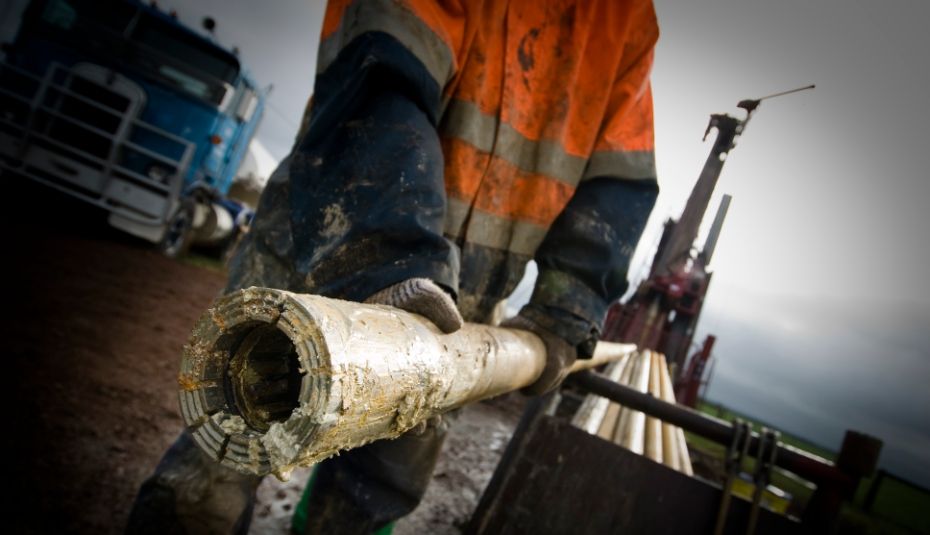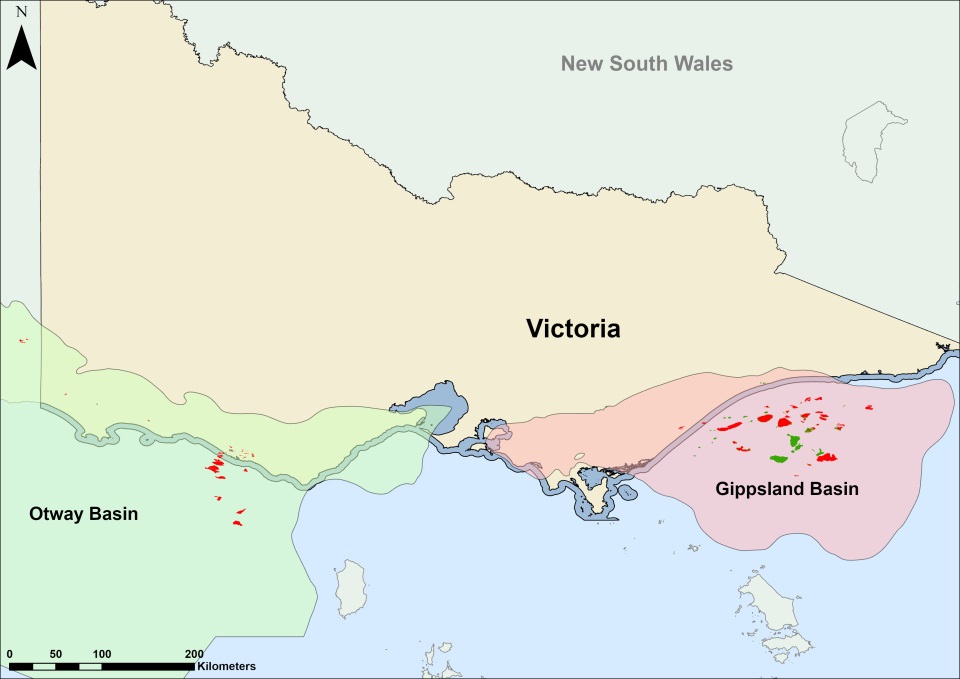Oil and gas

Victoria has a long history of petroleum (oil and gas) activity. Onshore and offshore operations date back to the 1920s.
Victoria is Australia’s largest user of gas. Gas is widely used to heat homes and support industry. As we move towards cleaner energy through initiatives like the Gas Substitution Roadmap, gas will continue to play an important role in our energy mix.
Victoria has banned the development of unconventional gas. This includes fracking and coal seam gas.
From 2017 to 2020, the Victorian Gas Program carried out detailed geological and environmental studies. This work helped inform the government’s decision to restart the onshore conventional gas industry in Victoria.
Oil and gas production in Victoria
Oil and gas are found in geological features known as sedimentary basins.
- The Otway Basin in southwest Victoria contains gas.
- The Gippsland Basin in eastern Victorian contains oil and gas.

The Victorian Gas Program conducted detailed studies of the geological and geophysical characteristics of the Otway and Gippsland basins.
The Otway Basin
The Otway Basin spans both land and sea, covering about 155,000 km2. Close to 80% of the basin is offshore. On land, it stretches along Australia’s southern coast from Geelong in Victoria to Lucindale in South Australia.
Explorations since the late 1970s have led to many gas discoveries. In Victoria, the most commercially viable gas fields are around the Peterborough–Port Campbell region, both onshore and offshore.
Today, natural gas is produced from offshore fields. Some old onshore gas fields near Port Campbell are now used for underground gas storage.
Gas from the offshore Otway Basin services Melbourne, regional Victoria and the east coast.
The Gippsland Basin
The Gippsland Basin spans both land and sea, covering 46,000 km2. Two-thirds of it is offshore. Onshore, it stretches from Western Port Bay to Orbost.
The offshore part of the basin, also called the ‘Bass Strait’, has been Victoria’s main source of oil and gas since the 1960s.
So far, about 12.7 trillion cubic feet of natural gas has been produced from the Gippsland Basin. Around 1.7 trillion cubic feet of gas is estimated to remain in offshore fields.
The region also has major gas processing facilities and pipelines. Gas from the Gippsland Basin services Melbourne, regional Victoria and the east coast.
Page last updated: 13 Aug 2025